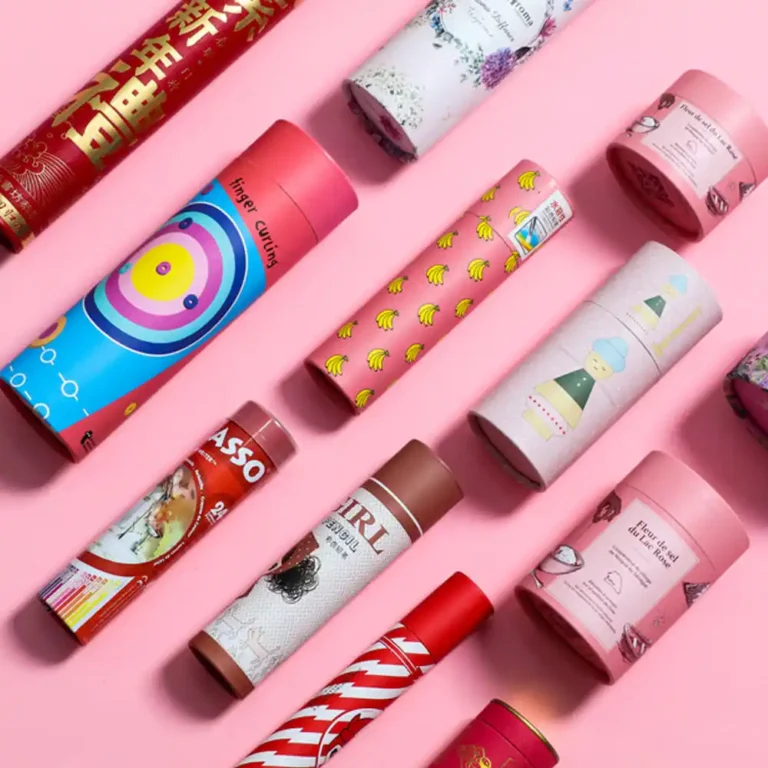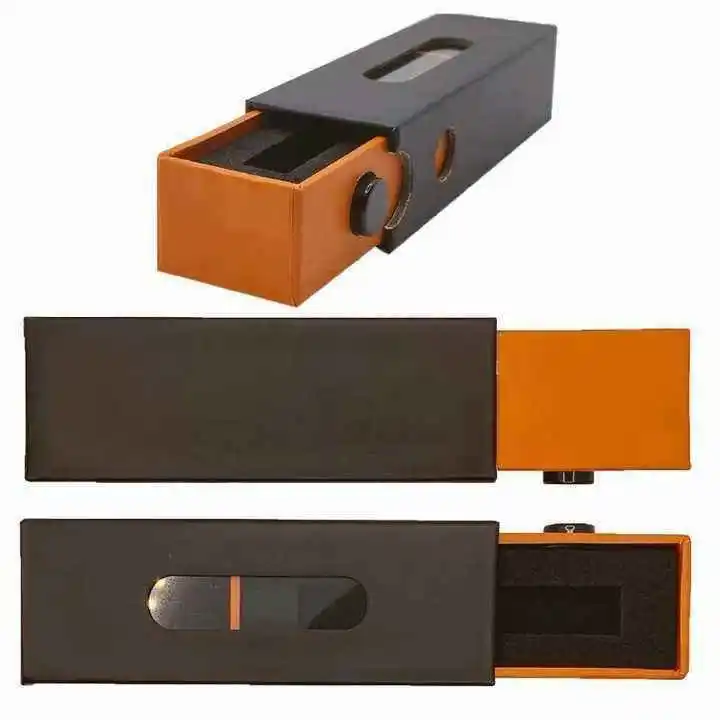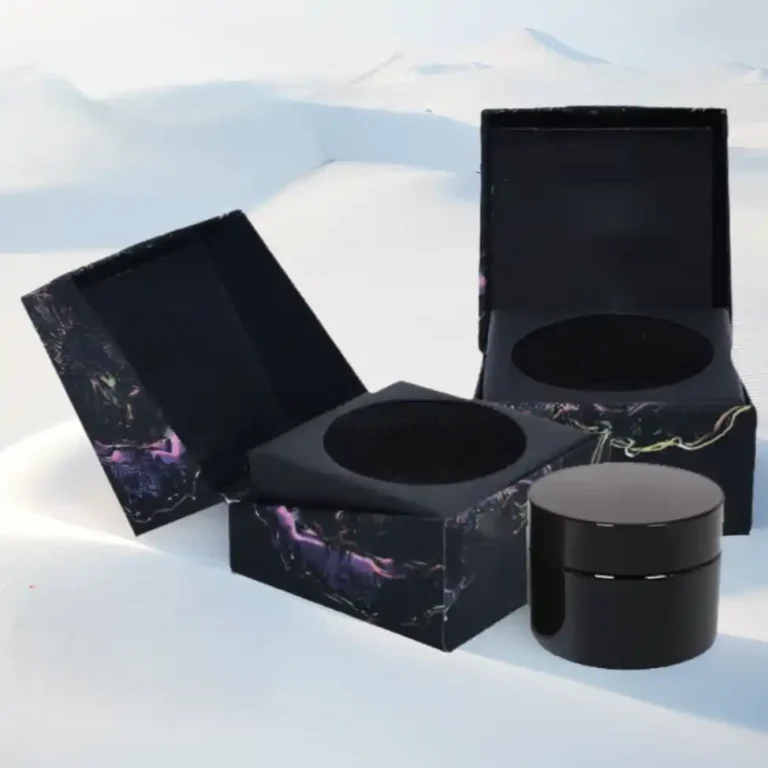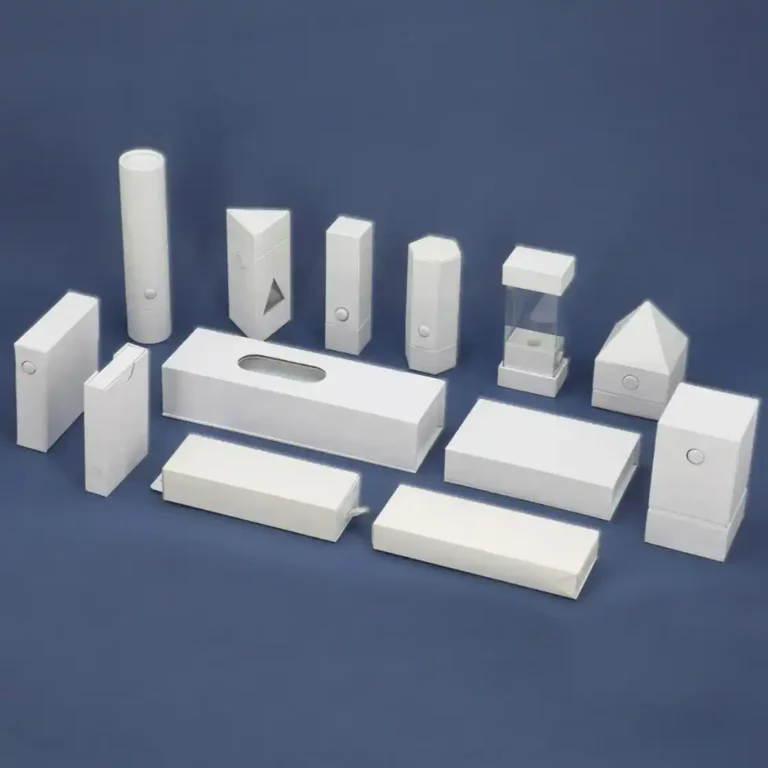8 modi in cui la stampa digitale rivoluziona la personalizzazione degli imballaggi
Sintesi
La stampa digitale non si è limitata a velocizzare il confezionamento, ma ha ridisegnato il modo in cui i marchi progettano, testano e personalizzano su scala. Dalla scienza del colore di cui ci si può fidare su schermi e substrati ai trigger interattivi che trasformano una scatola in un portale di contenuti, il kit di strumenti digitali rende la personalizzazione pratica, misurabile e sostenibile. Ecco otto modi concreti in cui i team lo utilizzano per passare da revisioni infinite a decisioni rapide e basate sui dati, senza sacrificare la qualità o gli obiettivi del pianeta.
Indice dei contenuti
1. Gestione intelligente del colore: dalla calibrazione visiva alla coerenza crossmediale
Il colore smette di essere un gioco di ipotesi quando i profili, la caratterizzazione dei dispositivi e le impostazioni RIP si allineano. Le moderne macchine da stampa digitali abbinano la misurazione spettrale ai flussi di lavoro ICC, in modo che il vostro rosso rossetto rimanga coerente tra i cartoni pieghevoli, le scatole rigide e le buste di cartone ondulato.
- Stabilire una master brand palette con valori Lab indipendenti dal dispositivo.
- Convertire una volta, quindi applicare gli intenti di output calibrati per ciascun substrato e rivestimento.
- Convalidare con spettrofotometri in linea di stampa per ridurre le firme soggettive.
Mettetelo in pratica su categorie premium come scatole per cosmetici e scatole di profumo dove la deriva del colore è più visibile. Quando vi espandete ai mailing per la vendita al dettaglio, utilizzate la stessa tavolozza per scatole ondulate stampate per mantenere allineati i punti di contatto dello scaffale e della spedizione.
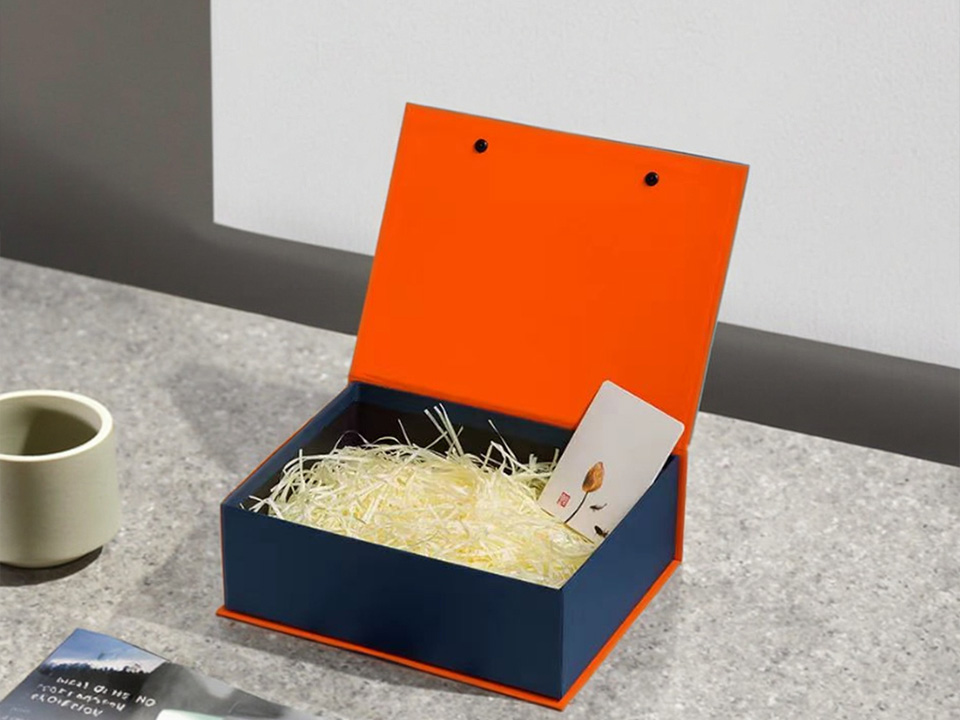
2. Digitalizzazione dell'intero processo: Rivoluzione dell'efficienza con 7 fasi di proofing link
Le catene di proofing tradizionali accumulano tempo a ogni passaggio di consegne. Un ciclo digital-first comprime sette punti di controllo comuni - brief, dieline, preflight, obiettivo colore, prototipo, revisione degli stakeholder e firma della produzione - in un flusso parallelo e tracciabile.
- Le dieline parametriche e le regole di preflight individuano i problemi prima che l'inchiostro raggiunga la carta.
- I prototipi one-to-one funzionano sullo stesso motore del lavoro finale, in modo che le prove di stampa corrispondano alla produzione.
- Gli stakeholder annotano direttamente sulle bozze morbide ad alta risoluzione legate al controllo di versione.
I marchi lo usano per creare varianti testabili per cartoni pieghevoli e high-touch scatole regalo in carta in giorni, non in settimane.

3. Innovazione materiale e adattamento: innovazioni tecnologiche che superano le limitazioni dei media.
Gli inchiostri digitali, i primer e i rivestimenti intelligenti ora si ancorano a supporti difficili, come carte morbide al tatto, cartoncini metallizzati e rivestimenti per alimenti, senza creare fanghiglia o screpolature nelle pieghe. Gli ingegneri regolano le dimensioni delle gocce, l'energia di polimerizzazione e la stesura per mantenere il testo nitido e i gradienti uniformi.
- I primer aumentano l'adesione delle carte kraft e testurizzate non patinate.
- I set di inchiostri a bassa migrazione supportano il contatto indiretto con gli alimenti se specificati correttamente.
- Gli strati variabili bianchi e opachi sbloccano la stampa vivida su basi colorate o olografiche.
Questi progressi aprono corsie creative per scatole regalo olografiche e robusto imballaggio in tubo di carta senza compromettere la fedeltà di stampa.

4. Sfruttamento del controllo dei costi: ricostruzione economica della personalizzazione dei piccoli lotti
Le tirature brevi e segmentate hanno finalmente senso. Invece di produrre in eccesso un singolo SKU, si stampa solo ciò che serve a ciascun canale, stagione o micro-audience.
- Il versioning diventa una voce di bilancio, non un nuovo progetto di tooling.
- Le copie localizzate e le edizioni limitate condividono un piano di stampa consolidato.
- Il rischio di inventario diminuisce perché si rifornisce in base alla domanda con previsioni accurate.
Per questo motivo i lanci di DTC e i programmi pilota iniziano sempre più spesso con il digitale per scatole per abbigliamento e set da regalo, poi scalare in modo intelligente.

5. Produzione sostenibile a ciclo chiuso: dall'impegno verde all'impronta di carbonio visibile
La stampa digitale elimina lastre e lavaggi, riduce gli scarti grazie a quantità esatte e consente di utilizzare substrati più leggeri senza sacrificare la copertura. Il risultato è un minor numero di cartoni obsoleti e un percorso più chiaro verso una riduzione misurabile dell'ingombro.
- Stampate ciò che vende, non ciò che riempie un magazzino.
- Gli aggiornamenti della grafica, privi di placche, evitano gli scarti dovuti a modifiche normative o di formula.
- Progettare per il riutilizzo e il recupero utilizzando pannelli monomateriale e laminazioni responsabili.
Sfruttate questi guadagni in categorie sensibili alla sostenibilità come sacchetti regalo di carta e i mailing per il commercio elettronico per sostenere le vostre affermazioni ambientali con le prove dei vostri dati di produzione.
6. Ricostruzione dell'esperienza utente: dal packaging statico all'ingresso interattivo
La confezione è ora una porta d'ingresso. La stampa digitale incorpora grafiche serializzate, indicazioni scannerizzabili e marcatori invisibili che attivano l'iscrizione ai contenuti, al supporto e alla fedeltà.
- I viaggi QR portano gli utenti dall'unboxing alle esercitazioni, alle ricariche e alle recensioni.
- La personalizzazione dell'opera d'arte accoglie gli acquirenti abituali in base alla coorte, alla città o all'evento.
- Gli schermi video on-pack per le campagne high-touch sono coordinati con le tirature.
Per un lancio che attiri l'attenzione, abbinate alla vostra scatola stampata un display incorporato di video-pak o aggiungere una presenza al banco con il marchio espositori in cartone.
7. Integrazione intelligente dell'anticontraffazione: Infrastruttura fiduciaria di blockchain e stampa digitale
La sicurezza passa da nascosta a olistica. Ogni unità può essere dotata di un ID unico, non indovinabile, che collega l'imballaggio fisico a un record sicuro.
- Il microtesto variabile, i guilloches e gli inchiostri coprenti impediscono la copiatura casuale.
- I codici serializzati si collegano a registri di manomissione per la garanzia e i resi.
- I consumatori verificano l'autenticità con una scansione, mentre i marchi tracciano il flusso di distribuzione.
I settori orientati alla conformità possono combinare queste caratteristiche con soluzioni specifiche per il formato, come ad esempio confezione a prova di bambino senza diluire il look and feel del marchio.
8. Personalizzazione guidata dai dati: la pratica definitiva del modello C2M
Il Customer-to-Manufacturer brilla quando creatività, commercio e produzione parlano la stessa lingua dei dati.
- Il marketing alimenta i segmenti di pubblico e le regole di offerta nei modelli variabili.
- L'e-commerce attiva lavori pronti per la stampa con inventario e finestre di consegna in tempo reale.
- I cruscotti di produzione apprendono quali varianti convertono e assegnano le tirature di conseguenza.
In pratica, un marchio di bellezza potrebbe lanciare un'offerta stagionale scatole per candele con uno storytelling localizzato, mentre un'etichetta di lifestyle itera finiture per scatole regalo pieghevoli in base al sell-through a livello regionale. Se state iniziando da zero, allineate i team attorno a un partner capace tramite il programma homepage ed esplorare applicazioni adiacenti nell'ambito di servizi di stampa.
Lista di controllo pratica per l'implementazione
Standard di governance e colore
Stabilite gli obiettivi del marchio Lab, i profili specifici del substrato e le tolleranze del CQ che siano comprensibili a tutti.
Sistema di template e dieline
Costruite modelli modulari con zone bloccate per le richieste di risarcimento e campi variabili per una rapida revisione.
Matrice del substrato e della finitura
Abbinare i pannelli, le laminazioni e i rivestimenti alle famiglie di prodotti; convalidare in anticipo le prestazioni di cordonatura e incollaggio.
Piano di sicurezza e serializzazione
Decidete cosa sblocca ogni codice per gli utenti, i rivenditori e i team di assistenza, e mantenete gli ID inespugnabili.
Contabilità di sostenibilità
Tracciare il make-ready, gli sforamenti e i resi rispetto a una linea di base per documentare gli effettivi miglioramenti dell'impronta.
Circuito di feedback
Chiudere il cerchio: collegare i dati di scansione, le recensioni e il sell-through alle prestazioni delle varianti e all'accuratezza delle previsioni.
FAQ
La stampa digitale sostituisce completamente la stampa offset?
No, è complementare. Usate il digitale per le piccole tirature, le iterazioni rapide, le versioni complesse e le campagne basate sui dati; spostate i volumi stabili e elevati verso i metodi tradizionali una volta che i progetti sono collaudati.
Le finiture premium possono funzionare con il digitale?
Sì. Foil, spot UV, carte soft-touch e testurizzate sono compatibili se specificate con i giusti primer e profili di polimerizzazione. Prima di procedere alla scelta definitiva, è necessario richiedere dei modelli di prova abbinati alla stampa.
Come posso mantenere i colori coerenti tra i vari substrati?
Calibrare i dispositivi, bloccare i profili ICC per ogni materiale e verificare con misure oggettive invece di giudicare a occhio in condizioni di illuminazione mista.







